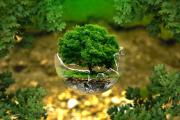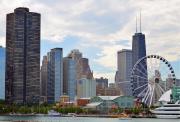Fixtures, Appliances, and Equipment
Installing water-efficient fixtures, appliances, and equipment around the home and in commercial, industrial, and institutional facilities can produce significant water savings, and incentivizing their installation by the customer is a very common water utility water conservation strategy.





